The Kids fancy dress competitions, which look something like an event so wonderfully creative where kids get a chance to don all kinds of costumes and act as different characters, themes, or ideas. They might not be wearing some cool clothes; most often, they have to perform, too.
It could be anything from acting out little skits to only showing off their costume on stage. This could facilitate what becomes imaginative play on the part of the children: sometimes, one minute they are a superhero and the next, a historical figure.
The beauty of it is that they can be whoever they choose for a little time, which builds some good self-esteem, not to mention developing public speaking skills, as they are speaking in front of an audience and that is pretty exciting for most of them.
It’s more than play. It really does help children grow be it creative or even socially. These children will go from healthy competition to eventually showcasing one’s very own style and ideas, and each one supports the other in doing so, which makes a big part of it all.
Of course, there’s a whole load of learning happening in between and makes for a rich, memorable experience for all involved.
Contents
- 1 Fancy Dress Competition Costumes For Kids
- 2 What’s the Purpose of the Fancy Dress Competition?
- 3 Theme Choice
- 4 Costume Ideas
- 5 Costume Preparation
- 6 Rehearsals and Performance
- 7 Props and Accessories
- 8 Role of Parents
- 9 Judging and Prizes
- 10 Celebrating creativity
- 11 Sanskriti Fancy Dresses – Integrating History into Children’s Lives
- 12 Conclusion
- 13 Frequently Asked Questions
- 13.1 Q1: What is a Fancy Dress Competition for kids?
- 13.2 Q2: How can I choose the right character or theme for my child?
- 13.3 Q3: Do I need to buy an expensive costume?
- 13.4 Q4: What are the benefits of participating in a Fancy Dress Competition?
- 13.5 Q5: How can I help my child prepare for the competition?
- 13.6 Q6: How are performances judged?
- 13.7 Q7: What if my child is shy or nervous about performing on stage?
- 13.8 Q8: Are there any prizes for participating?
- 13.9 Q9: Can my child use props during the performance?
- 13.10 Q10: How can I make the experience enjoyable for my child?
Fancy Dress Competition Costumes For Kids
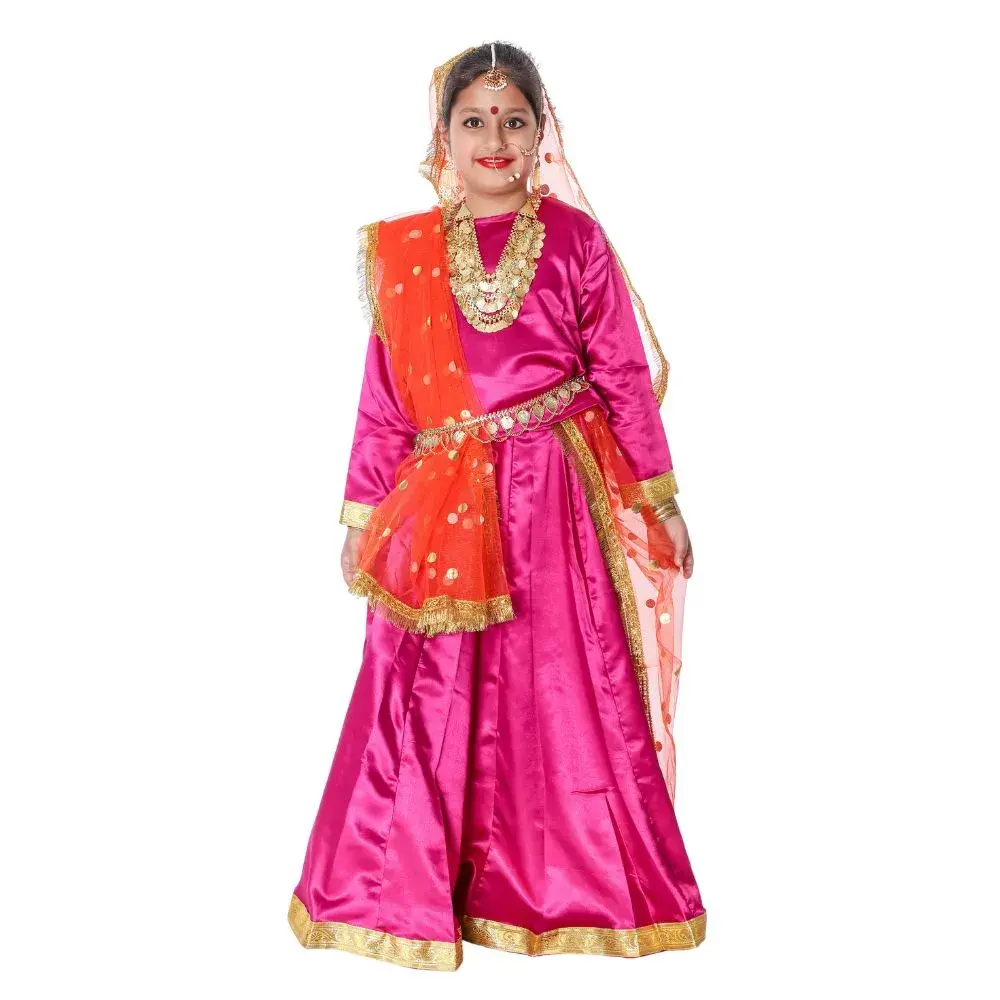
Radha Rani Fancy Dress – Pink & Orange
M.R.P. ₹2,999 ₹999
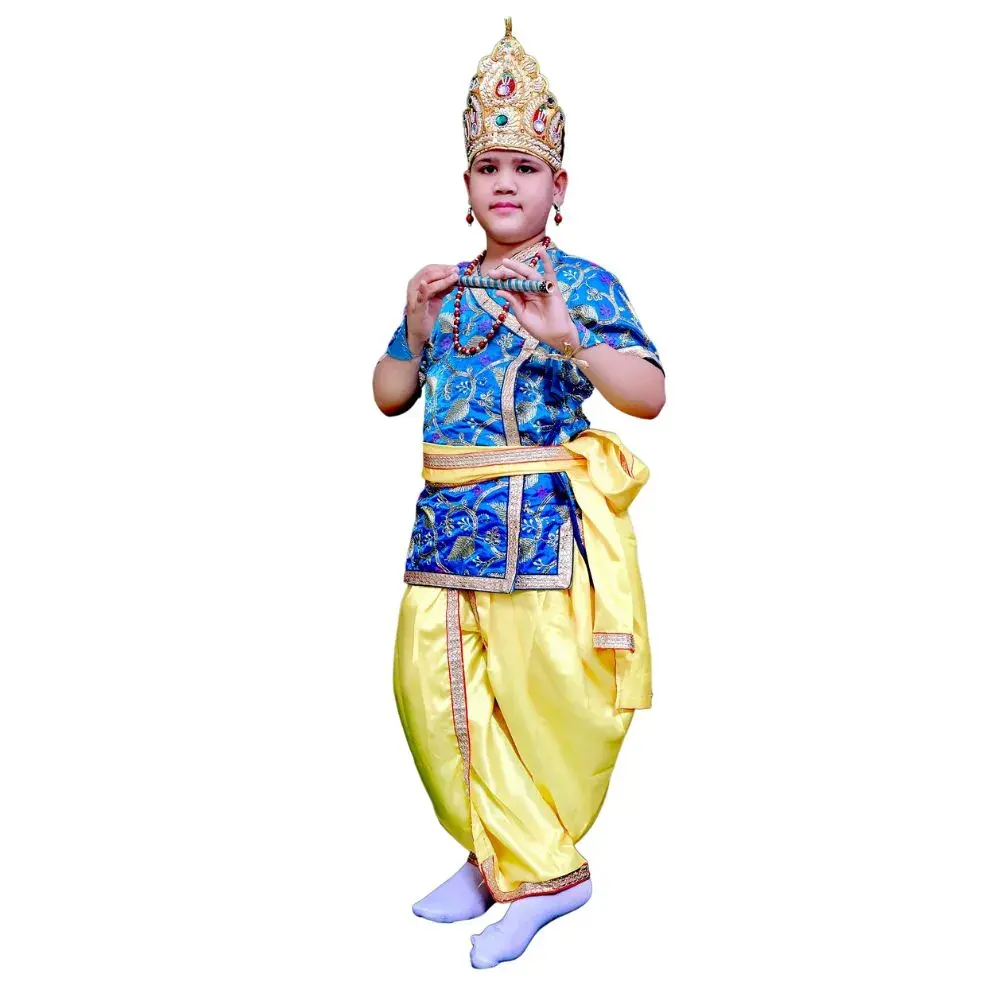
Krishna Fancy Dress Costume for Boys
M.R.P. ₹2,999 ₹1,199
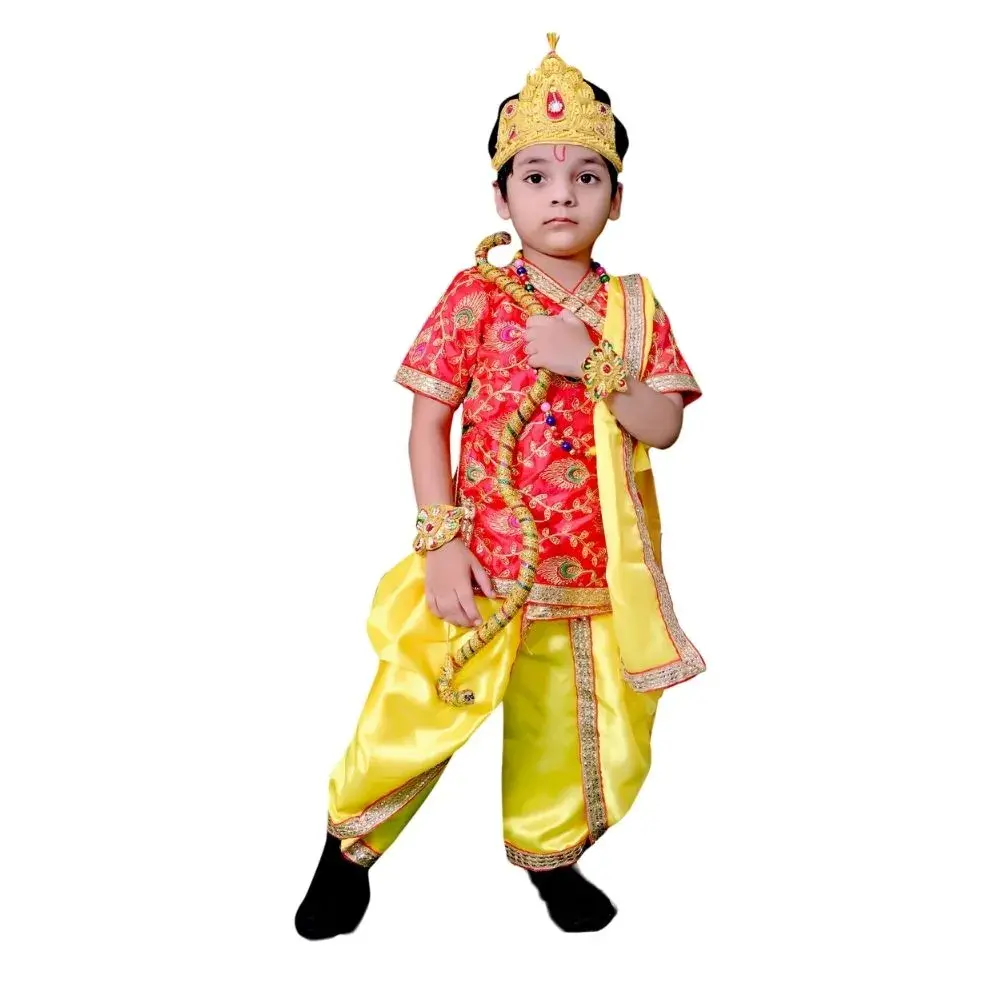
Raja Ram Fancy Dress Costume For Kids
M.R.P. ₹2,999 ₹1,299

Lord Hanuman Fancy Dress for Kids
M.R.P. ₹2,999 ₹1,499
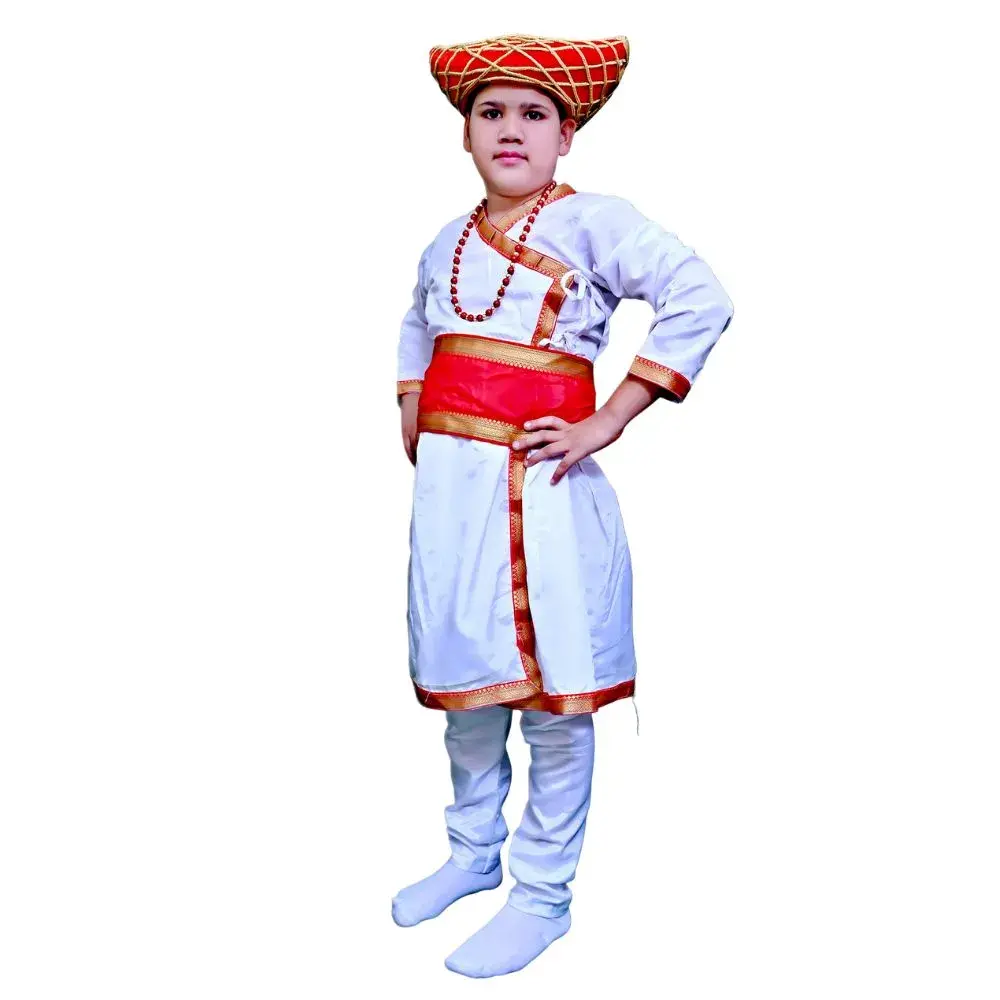
Maratha or Marathi Boy Fancy Dress Costume
M.R.P. ₹2,999 ₹1,399
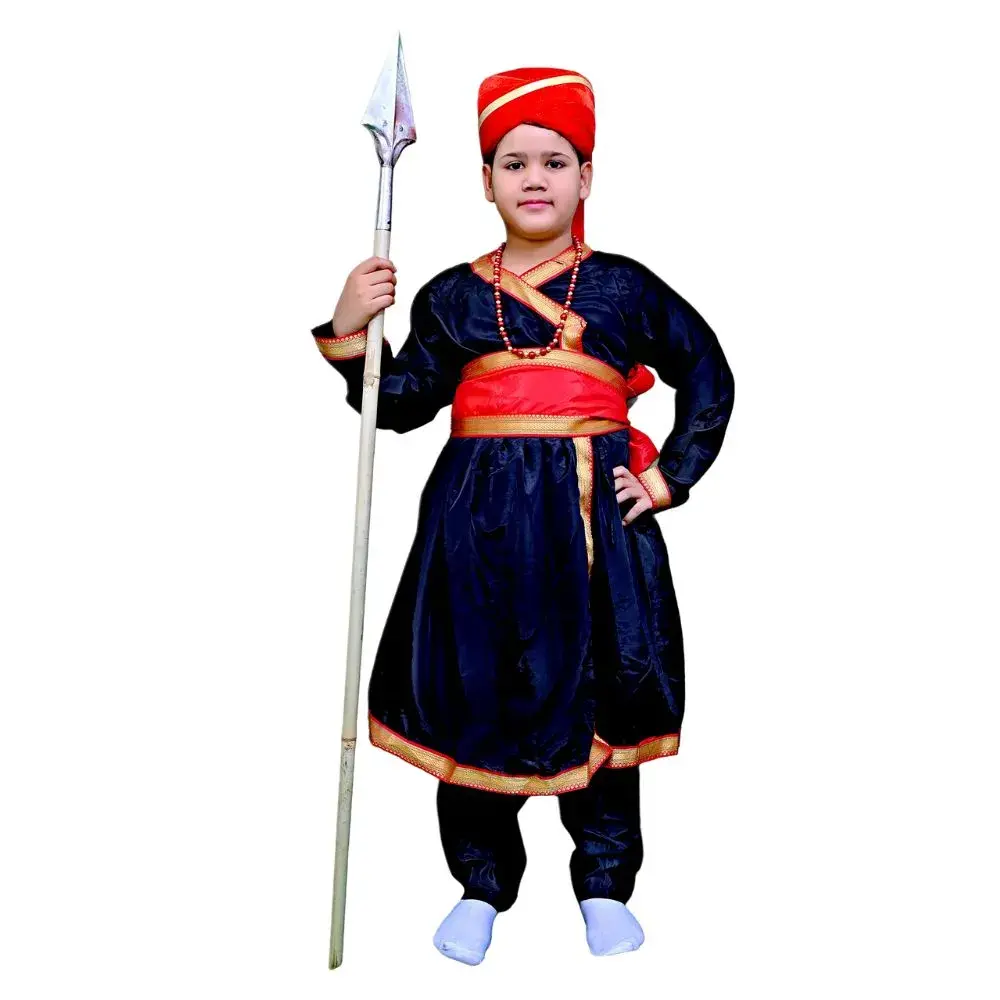
Traditional Sainik Fancy Dress Costumes
M.R.P. ₹2,999 ₹1,399
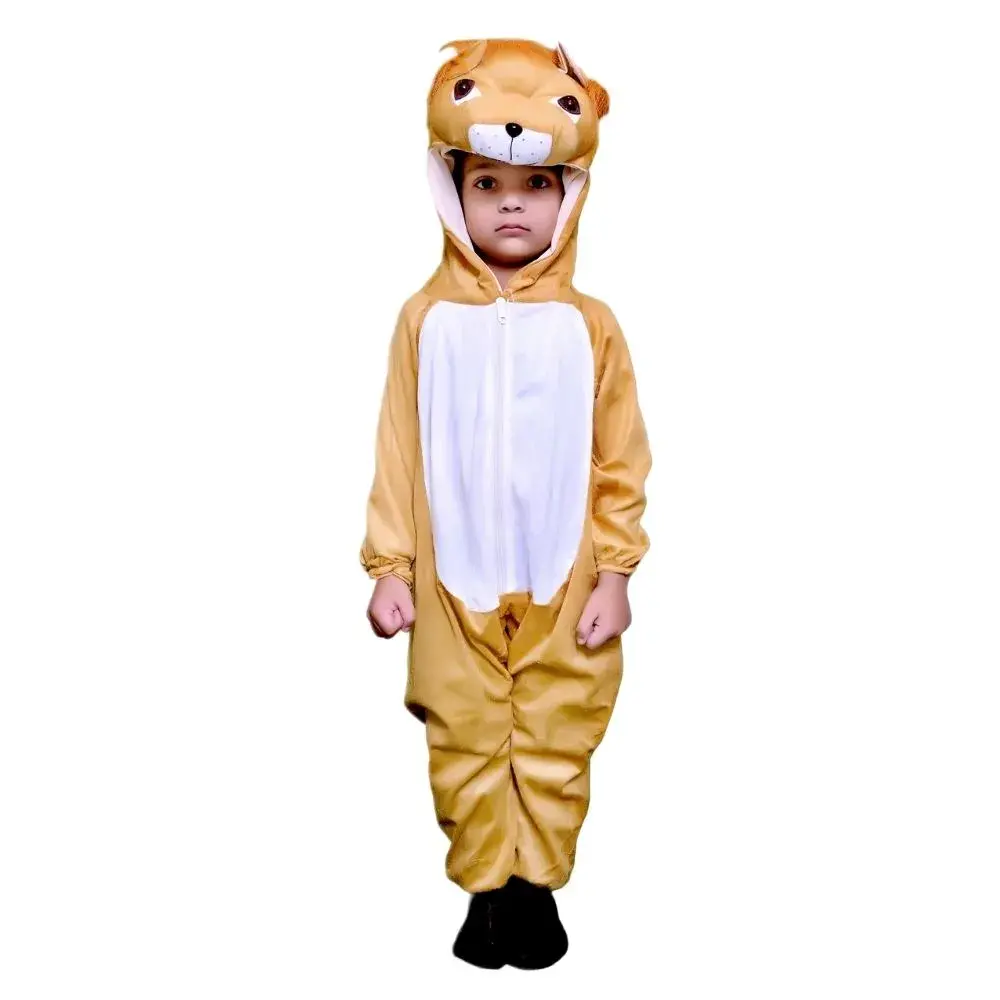
Lion Fancy Dress Costume For Kids
M.R.P. ₹2,999 ₹499
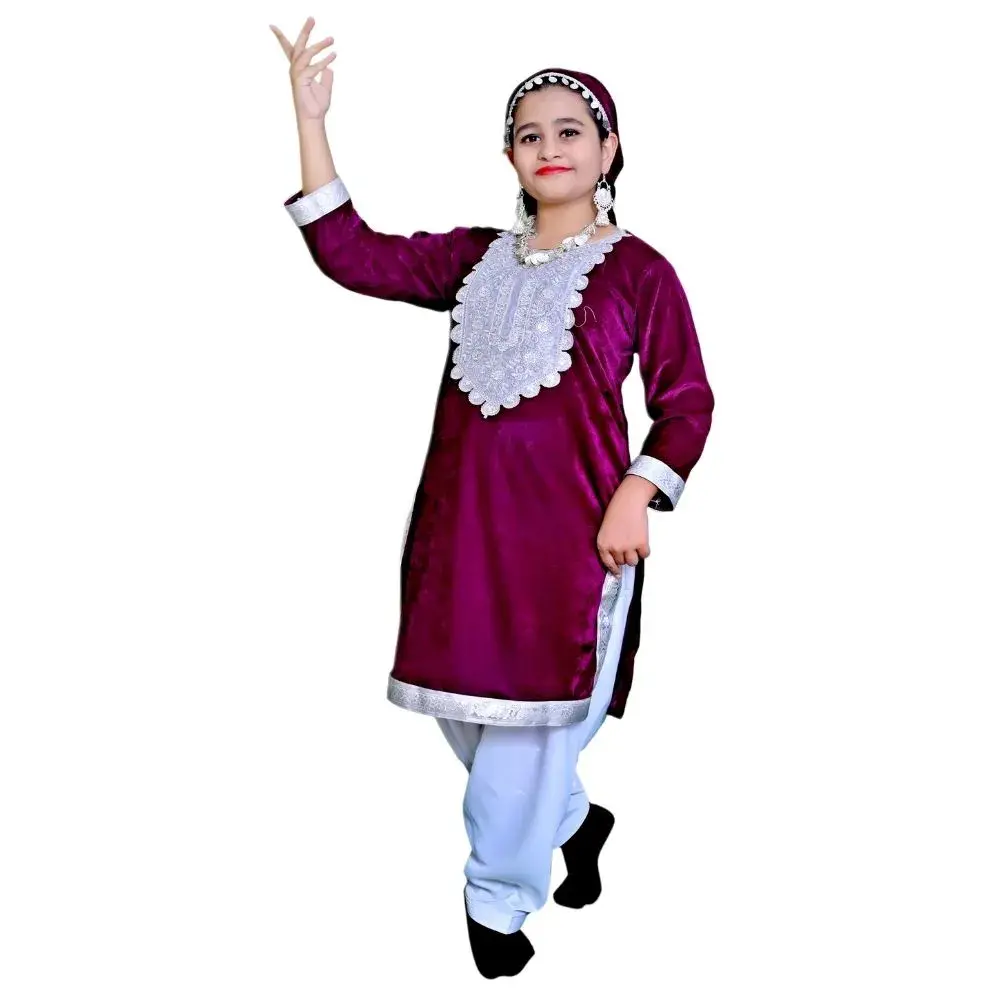
Kashmiri Dance Fancy Dress for Girls
M.R.P. ₹2,999 ₹1,099
What’s the Purpose of the Fancy Dress Competition?
Well, looking at the purpose of these fancy dress competitions, it’s really giving the kids the chance to play out their imagination. It’s all about saying, “Hey, what do you want to be today?” and letting them think about that, get creative, and then finally present it to the world.
It’s also a good confidence builder because even when they stand on the stage to face friends and family makes him feel pretty proud of what he is doing.
After all, it’s not just an exhibition. It’s also learning—different ideas, themes, characters, history, nature, or even professions. And, of course, kids learn to be brave. Here they go, up there, in public, and it’s all about celebrating them, their creativity, so that’s what makes the whole thing special.
They are actually acting out and learning how to connect and communicate themselves in this loud and clear confident way. And you would be amazed at how much kids really understand about their own selves when they get into their imagination.
Perhaps they will want something that directly reflects something they like, and so in that, they are also learning a little more about what really interests and feels for them.
It’s almost as if every time they put on their costumes, they learn something about who they are or who they wish to be.
And all of this helps them in other fields of life too, like school or making friends. Guidelines and Rules Alright, so with these competitions, there are a few rules that make everything safe and fun for the kids. First of all, it needs to be safe. Kids, after all are running around, moving.
So, of course, they have to be able to move about without anything catching on and causing any kind of harm. And obviously, they have to be able to see.
You don’t want a child tripping over something because their costume is too huge or not seeing the stage well just because their costume is weirdly designed.
Then, there’s the time and delivery. Each child is allowed a certain duration to be performed for—be it walking on and off stage, saying a few lines, or doing something small. The difference here is that one must rehearse so well to fit in within such a time duration and so the child feels good and comfortable doing it. It should feel fluid, not fusty.
Theme Choice
Themes are such a big thing in costume competitions because they really help bring the whole thing to life. When trying to decide on themes, you want it to be fun, appropriate, and something the kids can really get into. You don’t want something too complicated and not something of interest to them. The best themes get kids excited and curious. Think about animals or nature or famous characters. Heck, cool historical figures are a great think too. Kids can just let it all go with these kinds of ideas and it also opens up the opportunity to learn something new. Furthermore, when kids can put their own spin on a theme, they get more invested in the performance that way, too.
Costume Ideas
There are just so many different types of costume ideas. You could go the nature route, get animals and insects, which is always lots of fun because kids learn about all these different creatures dressing up. Or they can choose characters out of their favorite books or movies—like superheroes or fairy tale characters.
The best part is that regardless of which theme you pick, it gives kids the chance to walk into someone else’s world and imagine what it would be like to be that person. It’s those stories that make these competitions so special-all because it’s not just about the costumes but the story they represent and creativity.
Costume Preparation
Once you start getting ready for the competition, it gets really fun (and a little chaotic!). Here, lots of this burdens fall to parents. For instance, they even go with their kids to pick out a costume and sometimes even put it together. It’s bonding experience and there is nothing so rewarding about seeing your child’s excitement transform the way he or she becomes his or her favorite character.
You do not have to spend a lot of money too. DIY costumes can be just as cool as those found in stores, and it’s a good way to spend some quality time as a family. Get creative using old clothing items, cardboard, or scrap fabric. The more you make together, the more the kid owns their costume.
Of course, comfort is extremely important too. Your kid will be in their costume and needs to feel comfortable in it, right? Make sure it fits well, and that they can move around easily. Safety matters too—no sharp edges, loose parts, or anything that could cause a problem while they are running around on stage.
Rehearsals and Performance
Rehearsals are where much of the magic happens. It’s all about getting comfortable on that stage and becoming self-assured in front of people. Practice makes perfect, right? Encourage the child to rehearse his or her performance. This might be lines, just getting used to the movement in costume, or practicing lines with props.
He also speaks in character, makes eye contact, and stands tall-all of which add up to that stage presence. The more he practices the more confidence he will hold. And if he has any reservations being on stage, well exposure little by little during rehearsal can be tremendous in working those nerves out.
It’s really amazing how a child can develop their confidence in such a short time just because they feel prepared and are having fun with the experience.
Props and Accessories
Props can totally make a performance, right? They bring the character to life and add a little extra flair. Props-it’s the magic wand, it might be a toy sword, or even just a hat-prop adds all the extra ingredients to tell that story kids are trying to tell you can even be creative and make props at home, so the real opportunity like with the costume allows kids to be involved to some extent and feel part of the creative process. Practice all the props on rehearsals so they know exactly how to use them on stage. That makes everything smooth and professional.
Role of Parents
Parents are the back-bones of the whole process. There would be a choice for the costumes with their help, they would rehearse together with their children, and they would support them. It is not getting your child to that competition but it is cheering them up and encouraging them to do the best. Even more than the final victory, though, is the enjoyment in doing and the pride of their hard work. Remind them that it is fun and creativity-not the end prize.
Judging and Prizes
Judging is simply giving recognition to all the effort, creativity, and confidence every child exhibited in their presentation. Of course, the best is more than one category for prizes. So it’s not just “best costume,” but who was most creative, confident, or presented himself on that stage.And you can see, it is a way to identify every one’s special contribution, which makes these competitions so incredible for kids. It enables them to challenge limits further and keeps on concentrating on personal growth and fun rather than winning, instead.
Celebrating creativity
Actually, the very concept of fancy dress competitions is that people have fun, celebrate creativity, and express themselves. In case your child does not win but has been a part of such an event, the takeaways will definitely be there – they have grown, learned, and even had fun while so doing. It is a great opportunity for them to present their ideas to others. Who knows? Maybe this competition would give a spark for a lifetime love of arts and creativeness.
Sanskriti Fancy Dresses – Integrating History into Children’s Lives
In case you would like great costumes for your child’s next fancy dress competition, Sanskriti Fancy Dresses is there to give you the best.They would be ideal for any event or competition and have an excellent collection of costumes for kids. And they are right in Greater Noida! It will be convenient for parents to visit the store in person or shop online. Whether it is the classic look or something a little bit odd, Sanskriti goes hand in hand since they have options for coming out of their wigs. On top of that, there is both sales and rentals, which can really make it easier to find the right costume for your child.
Conclusion
With their fancy dress competitions, children learn to think creatively, become bold, and develop social skills besides just having fun. Whether your child wants to walk around as a historical figure or a fairy tale character, or someone of his or her preference, it gives him the license to express himself on a grand scale. Such events make the child forget any inhibitions he may have and goes on to become happy about learning and growing through imaginative play.
Frequently Asked Questions
Q1: What is a Fancy Dress Competition for kids?
A: A Fancy Dress Competition for kids is an event where children dress up as various characters, themes, or concepts and often perform on stage. It provides an opportunity for children to showcase their creativity, confidence, and acting skills while having fun.
Q2: How can I choose the right character or theme for my child?
A: Consider your child’s interests, age, and comfort level. Choose a character or theme that resonates with them and allows them to express themselves creatively.
Q3: Do I need to buy an expensive costume?
A: Not at all. Many costumes can be created affordably using everyday materials. DIY costumes can be just as impressive and unique.
Q4: What are the benefits of participating in a Fancy Dress Competition?
A: Participating in such competitions helps children build self-confidence, develop public speaking skills, enhance creativity, learn about different characters and themes, and foster a sense of camaraderie.
Q5: How can I help my child prepare for the competition?
A: Support your child’s choice, help with costume preparation, encourage them to practice their performance, and offer reassurance and positive feedback.
Q6: How are performances judged?
A: Performances are often judged based on creativity, confidence, adherence to the theme, stage presence, and overall impact. Each competition might have specific judging criteria.
Q7: What if my child is shy or nervous about performing on stage?
A: It’s common for kids to feel nervous. Encourage them to practice and gradually expose them to the stage environment. Focus on building their confidence through positive reinforcement.
Q8: Are there any prizes for participating?
A: Many competitions offer awards for various categories such as Best Costume, Most Creative Performance, and more. However, the focus is often on the experience and growth rather than just winning.
Q9: Can my child use props during the performance?
A: Yes, props can enhance the performance and make it more engaging. Just ensure that the props are safe, manageable, and relevant to the character or theme.
Q10: How can I make the experience enjoyable for my child?
A: Keep the atmosphere positive and stress-free. Emphasize the fun of dressing up, performing, and expressing oneself rather than the pressure of winning.